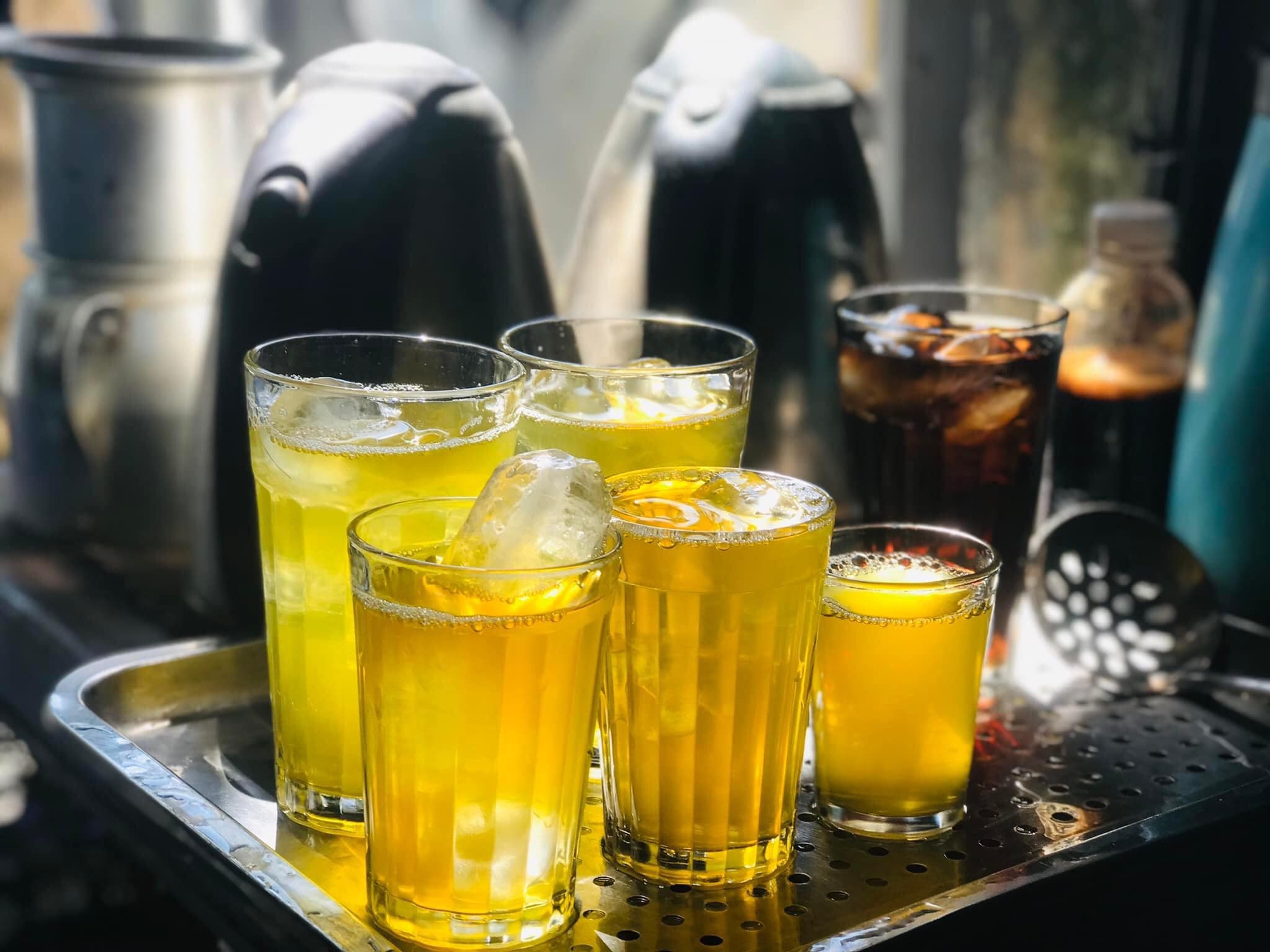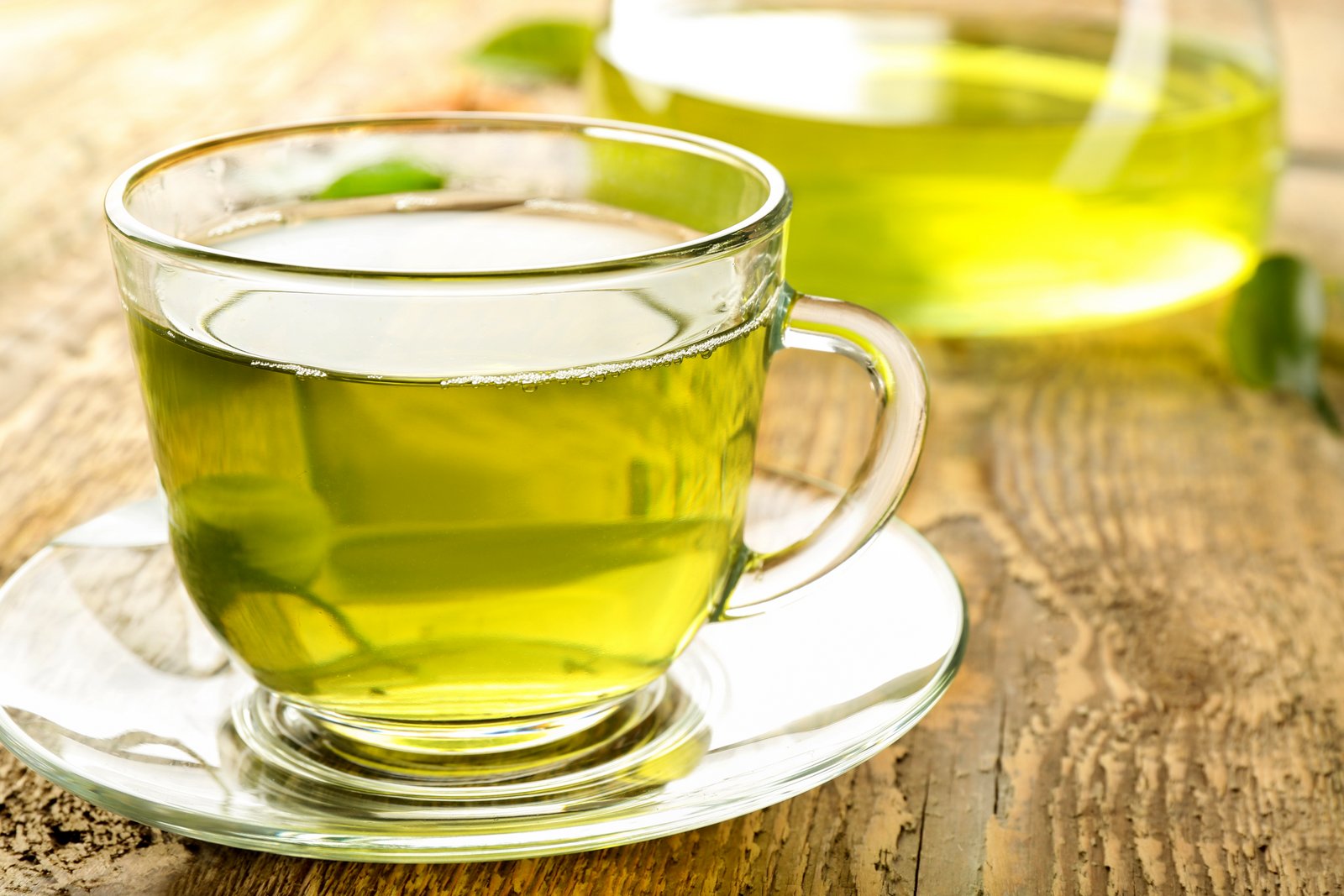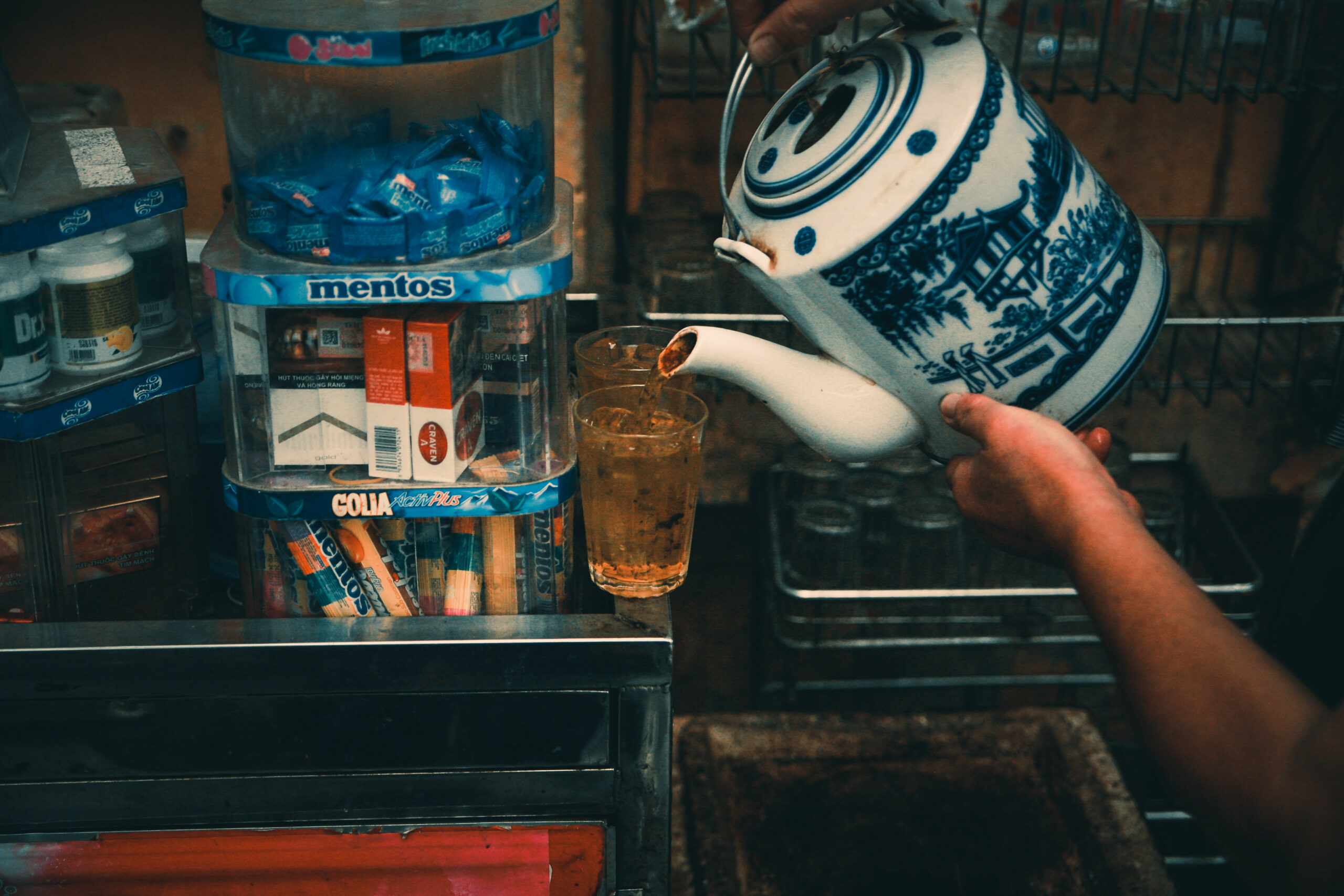Vietnamese iced tea, well-known for its delightful taste, health benefits, and rich cultural heritage, is a favorite among tea enthusiasts. Join us in discovering the allure of this nourishing beverage.
Vietnamese iced tea, commonly known as “tra da,” is one of the most cherished Vietnamese drinks. It is a delightful blend of brewed tea, often Vietnamese green tea or black tea, served over ice. Here, we will show you about its origins, benefits, and some tasty variations to try.

1. Iced tea in Vietnamese culture
Vietnamese iced tea, also known as “tra da,” has an interesting origin. Previously, people in Hanoi were not familiar with the concept of drinking iced tea but were rather accustomed to hot, strong, and bitter tea. However, since the late 1990s, the iced tea from Saigon has made its way to the North and quickly become a popular beverage. It did not take much time for it to become a prevailing drink in the region.
The aroma of Vietnamese iced tea is a delightful blend of earthy and herbal notes. The distinct fragrance is often characterized by the rich scent of brewed tea leaves, complemented by the subtle sweetness of condensed milk or sugar used in its preparation. This beverage is suitable for a drink anytime – either after a meal, while reading the newspaper, or while chatting with friends.

Traditional street vendors and local establishments have been serving this Vietnamese tea for so long, making it a timeless beverage in Vietnamese culinary history. Now, iced tea stalls are often located near sidewalks along the streets, in the parks, at the entrances of offices, etc., especially in areas around famous lakes such as Hoan Kiem Lake, West Lake, Ngoc Khanh Lake, to name a few.
The pricing landscape has not undergone significant changes, with a cup of Vietnamese iced tea typically priced between 3,000 and 5,000 VND. It is an affordable way to relieve the thirst, especially in hot weather.
2. How to make Vietnamese iced tea?
Creating Vietnamese iced tea is a simple but rewarding process. Start by brewing Vietnamese green tea or black tea and allow it to cool. For a special touch, try Vietnamese jasmine tea, Vietnamese lotus tea, or Vietnamese oolong tea. You can also sweeten the tea with condensed milk or sugar to taste. Once sweetened, let it cool further. Fill the glass with ice cubes, pour the tea over, and enjoy the refreshing fusion of flavors. Garnish with a slice of lime for an extra zing. Whether using tea bags or loose leaves, this method ensures a delightful iced tea experience.
3. Health benefits of Vietnamese iced tea
Vietnamese iced tea is abundant in antioxidants, offering several health benefits when consumed moderately. Here are five advantages of moderate iced tea consumption:
- Cancer and heart disease prevention: The polyphenols acting as antioxidants in the body contribute to lowering the risk of certain cancers and heart diseases.
- Weight management: By increasing metabolic rate, iced tea aids in burning additional calories, making it beneficial for those aiming to stay fit or adhere to a diet.
- Oral health enhancement: Active compounds combat bacteria, fight tooth decay, and freshen breath, contributing to improved oral health.
- Brain function and mood improvement: Despite its relatively low caffeine content, Vietnamese iced tea helps maintain focus, provides a small energy boost, and enhances mood.
- Neurological disease prevention: High levels of EGCG in iced tea can inhibit inflammation and free radicals, reducing the risk of Alzheimer’s and Parkinson’s diseases.
- Diabetes risk reduction: Active compounds help the body use insulin more effectively and lower blood sugar levels.
- Stress relief: A rich source of the amino acid L-theanine provides a soothing effect.
However, consumption advisories for Vietnamese iced tea include potential risks for individuals with respiratory issues, kidney stones, and difficulty in sleeping. It is important for those with these conditions to exercise caution or moderate their intake to ensure a safe and comfortable experience.
4. Tasty variations of Vietnamese iced tea
4.1. Vietnamese pandan iced tea (tra la dua)

Vietnamese pandan tea presents health advantages, including addressing high blood pressure, aiding digestion, and potentially inhibiting cancer cell growth. To prepare, simply boil 10 dried pandan leaves in 2.5 liters of water. Regular consumption not only supports weight loss but also provides a quick energy boost.
4.2. Vietnamese lime iced tea (tra chanh)

Vietnamese lime iced tea has become a staple in the street food culture, with numerous vendors selling tra chanh in Hanoi, particularly around the Old Quarter. In this vibrant scene, young patrons often gather on plastic chairs, enjoying a glass of lime iced tea while munching on sunflower seeds and engaging in lively conversations. It is not uncommon for people to pair this Vietnamese iced tea with street food like grilled pork sausage (nem chua nuong).
4.3. Vietnamese orange and lemongrass iced tea (tra cam sa)

Vietnamese orange and lemongrass iced tea is an enticing blend of citrusy orange and fragrant lemongrass. The typical ingredients for this beverage include 2 tea bags, 1 orange, 3 lemongrass stalks, and 1 liter of filtered water. This Vietnamese iced tea can help alleviate stress, reduce cholesterol, and prevent inflammatory conditions.
